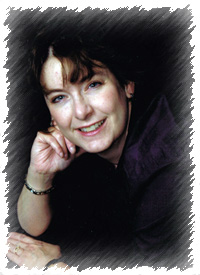
by Kim McCloskey | Jul 21, 2018 | About Storytelling, Benefits of Storytelling, Conferences
I was fortunate to attend a writing conference here in Utah recently, and while I learned heap of valuable information and ways to improve my own writing, I was excited to see a professional storyteller had been invited to teach a number of classes. Of course, I made it a point to attend them.
The name of the storyteller in question is Julie Barnson, a local of these parts. The first class of hers I attended was all about the process of telling a great story. And it was wonderful. One of the main things she discussed in this class was how to go about learning a story. For me, this was valuable for both telling my own stories as well as incorporating these tactics into my writing to be able to craft more vivid images for my readers.
According to Julie, telling a story is taking a picture in your head and painting it in the listener’s ear. Image by image, scene by scene. If you know the story you want to tell, you more than likely have images in your head associated with that story. Describe them! Make it real.
She also warned against memorizing the entire thing (which I am guilty of doing). Instead, memorizing the first line as well as the last line will help you get going (have you ever stood in front of a crowd and had your mind go blank? Me too. Hence memorizing the beginning to help get your brain in gear) and help your ending retain the power you want it to have. Of course, a few other things such as in-story poems, chants, rhymes, and the like should also be memorized. And that’s it!
Thankfully I don’t have to memorize beginnings and endings when I’m writing (as I can simply scroll back to the top to see what the beginning is), but this is a great tip for oral storytelling.
The second class of Julie’s I attended was her telling Greek myths—ones everyone ought to know but probably don’t. She told the story of Perseus, the story of Orpheus and Eurydice, and the story of the Trojan War. Now, I’ve read these stories before, and had learned them in school, but never had I heard them in such a riveting way as she told them.
And there is power in knowing these old myths. After all, a lot of our lingo stems from them. For example, when we talk about someone’s Achilles’ heel, we’re referencing a Greek myth. Knowledge is power—especially for storytellers—and as they always said during Saturday morning cartoons in the ’80s, “Knowing is half the battle!”
I encourage you, fair reader, to learn the myths of old, if not to tell then to gain a greater appreciation of the world around you (but let’s be honest, you’ll most likely end up telling these stories to your kids and grandkids as well). I also encourage you to find a story you love and practice telling it. Find the images that encapsulate the story, that invoke powerful emotions, and practice telling that story to your reflection in the mirror, your spouse, your kids or grandkids, and anyone else that will listen.
When doing so, keep this in mind: how do you speak when you’re excited about something? Do you move your hands in grandiose gestures? Do you contort your face when telling scary tales? And what about body language? Hands on hips for petulance, chin up for pride, and other ways help portray the message along with your words. Experiment with facial expressions, hand gestures, and body language to help your story come alive.
So go on. Indulge in the gift that is storytelling.
![Festival Tips for 2015]()
by Kim McCloskey | Aug 24, 2015 | Concerts, Conferences, Festival, Story Contest

Here are some tips to help you get most out of your 2015 Timpanogos Storytelling Festival experience.
- Take a look at the program, website and blog to find out more information about the tellers and to plan your schedule for the weekend.
- Attend one of our FREE pre-festival concerts to get a preview of our amazing lineup of talented tellers and to introduce your family and friends to see what the festival has to offer. Antonio Sac
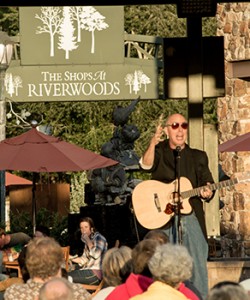 re & Tim Lowry present a Night of Stories at the Viridian Event Center on August 31, and Bill Harley and Sam Payne will be performing at Timpanogos Storytelling Festival Kickoff at The Shops at Riverwoods on September 2.
re & Tim Lowry present a Night of Stories at the Viridian Event Center on August 31, and Bill Harley and Sam Payne will be performing at Timpanogos Storytelling Festival Kickoff at The Shops at Riverwoods on September 2.
- Take a look at our amazing lineup of classes at the Timpanogos Storytelling Conference on Wednesday and Thursday, September 2-3.
- Check out Look Who’s Talking on Thursday night to get a preview of the storytellers and find a new favorite or two.
- Parents- The festival is aimed at adults, teens and older children. Younger children will enjoy Bedtime Stories and events in the puppet area. Toddlers and babies in arms are not allowed in the performance tents, so please make the proper arrangements.
- If you have ever wanted to try your hand at storytelling in front of an appreciative audience then you should go to the Adult Swappin’ Grounds or Youth Swappin’ Grounds during the lunch break on Friday and Saturday.
- Be a judge and find great new tellers at the Timp Tell Contest on Friday afternoon in the Canyon Vista tent.
- Win free great prizes through our social media contest on Facebook, Twitter and Instagram contest.
- Do you love live music? Stop in at the music tent between sessions to listen to an incredible variety of musical talent. If you love jazz, bluegrass, celtic, polka, folk, classic country, or rock’n’roll, you will find it here.
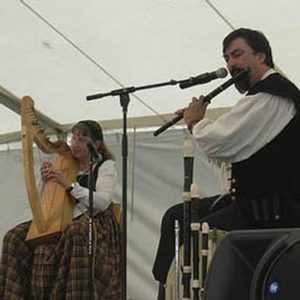
- Parking is limited at Mt. Timpanogos Park, so use one of the designated church parking lots. The shuttle service is fast and efficient and you get dropped off right at the entrance.
- Performers feed off the energy of an audience, so relax and feel free to laugh out loud, sigh, gasp, cry, clap, and participate. After all, this is not a golf match.
- We’re always looking for volunteers before, during and after the festival. Timpanogos Storytelling Institute has a year-round program and there are many ways you can get involved.
- If you have additional tips for festival-goers, please free to leave comments below.
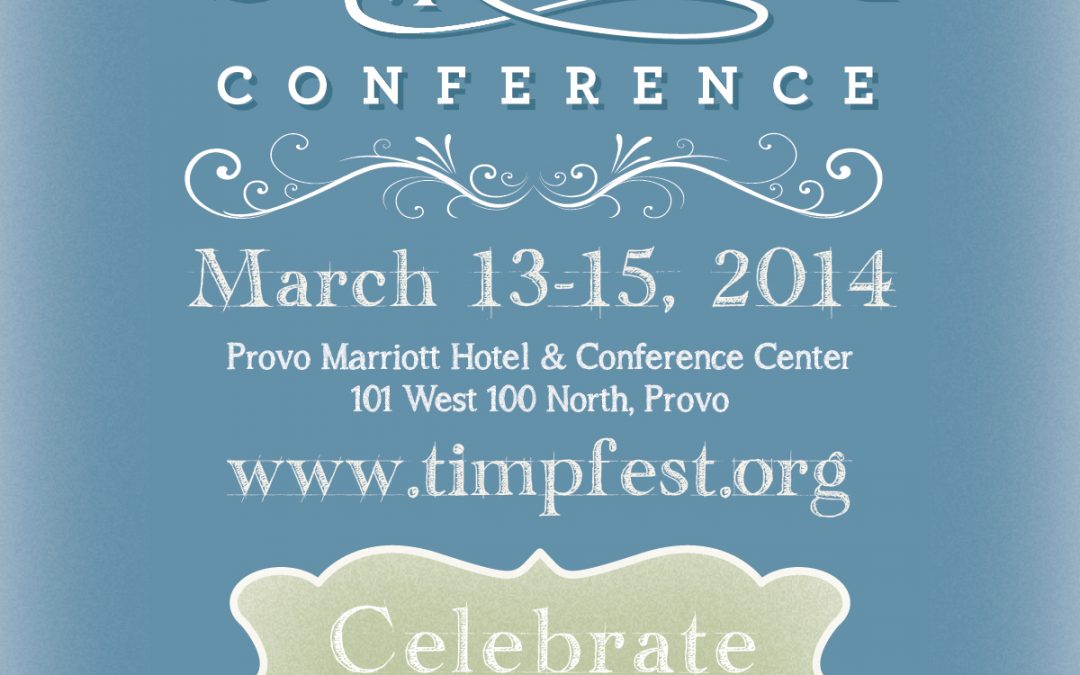
by Courtney Burns | Mar 12, 2014 | About Storytelling, Conferences
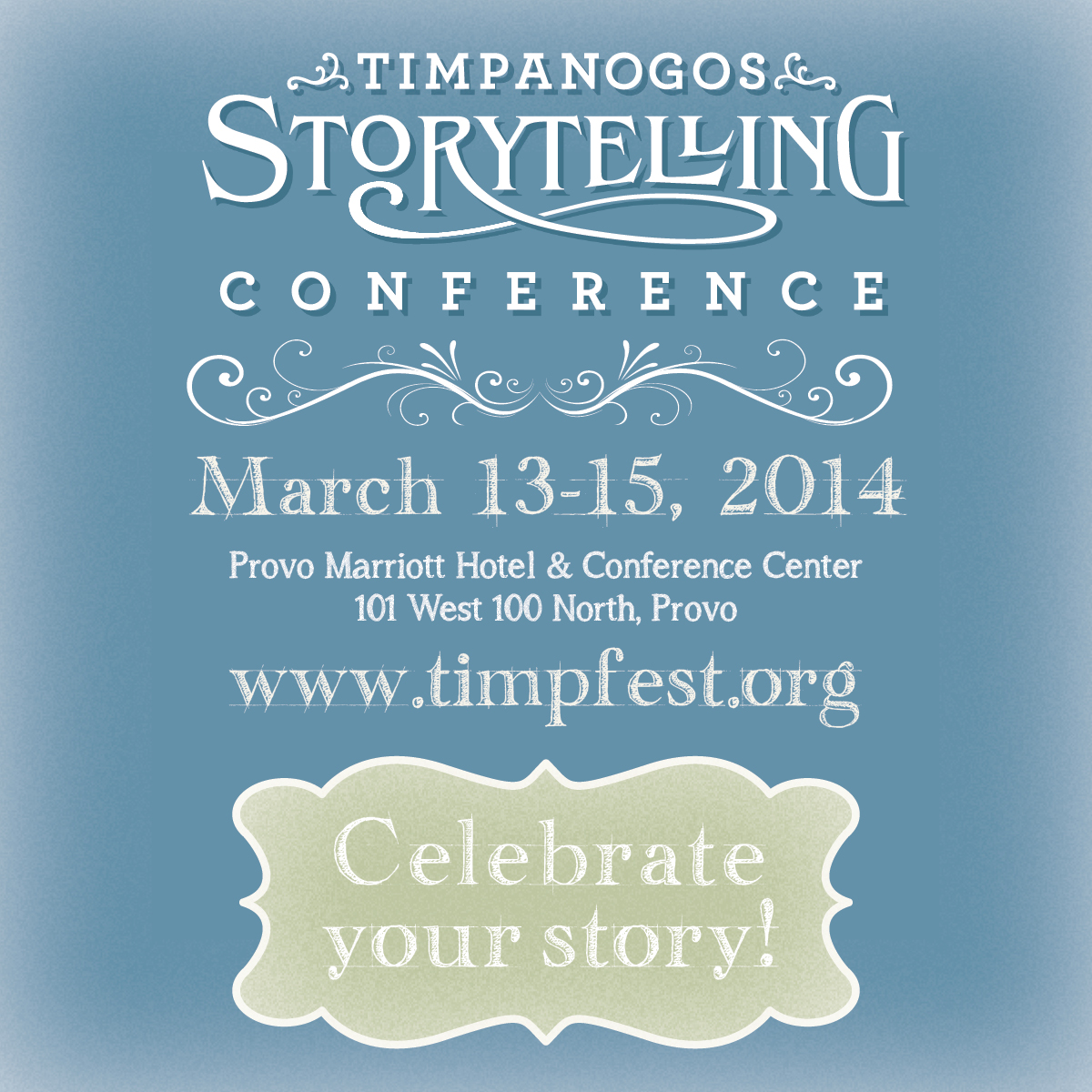
Welcome to this year’s Timpanogos Storytelling Conference at the Provo Marriott Hotel & Conference Center. We are so pleased that you are joining us! I would like to take this opportunity to introduce you to the Conference Center located at 101 West 100 North in Provo, Utah. Please plan on parking in the Marriott parking garage; it is convenient and parking is complimentary. You will not want to park on the street where there is a two-hour parking limit.
After parking in the garage, enter the hotel, turn left and follow the signs to registration. Registration is from 8:00 to 8:30 a.m. each morning. Since the opening sessions begin at 8:30, you will want to arrive before then.
Most of our sessions will be in the classrooms in the South Lobby. This is where you will find the Amphitheater, Aspen, Birch, Cedar, Elm and Juniper meeting rooms. You will also find Fanfare in this lobby where you can buy storytelling books, CDs and DVDs.
Lunches will be served in the ballroom; that is the setting for our keynotes as well. Restrooms are conveniently located in all areas we will be using. We look forward to seeing you. If you have any questions or concerns during the conference, we would be happy to help you in the registration area.





 re & Tim Lowry present a
re & Tim Lowry present a

